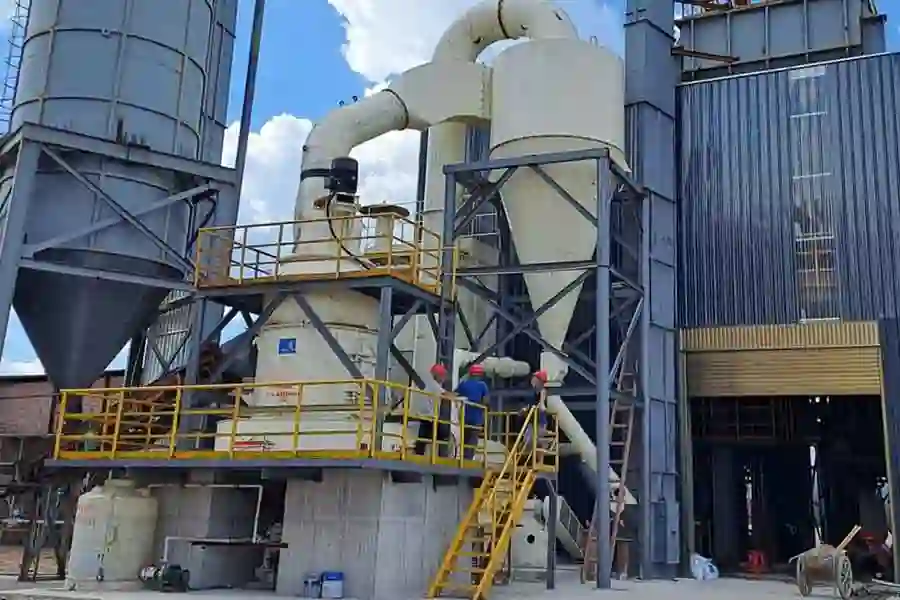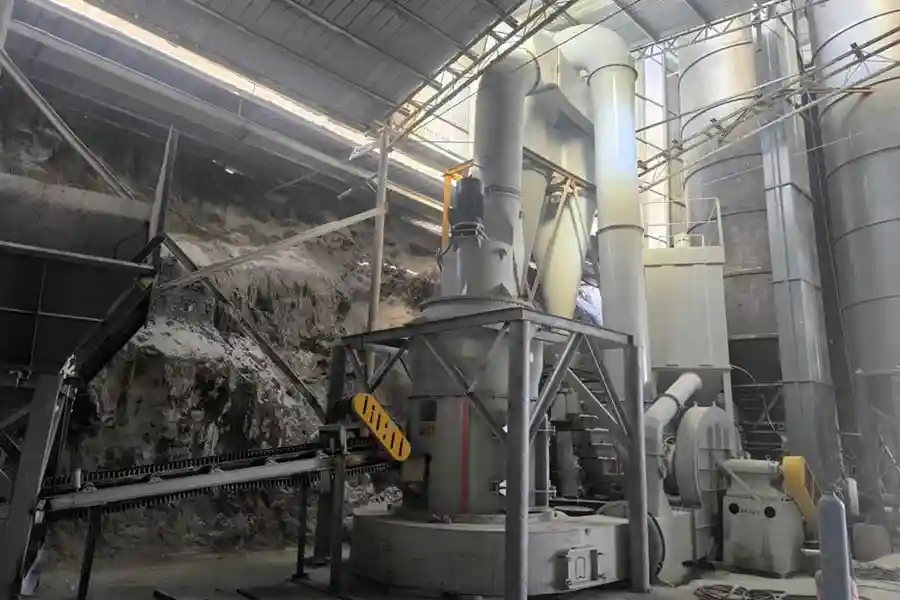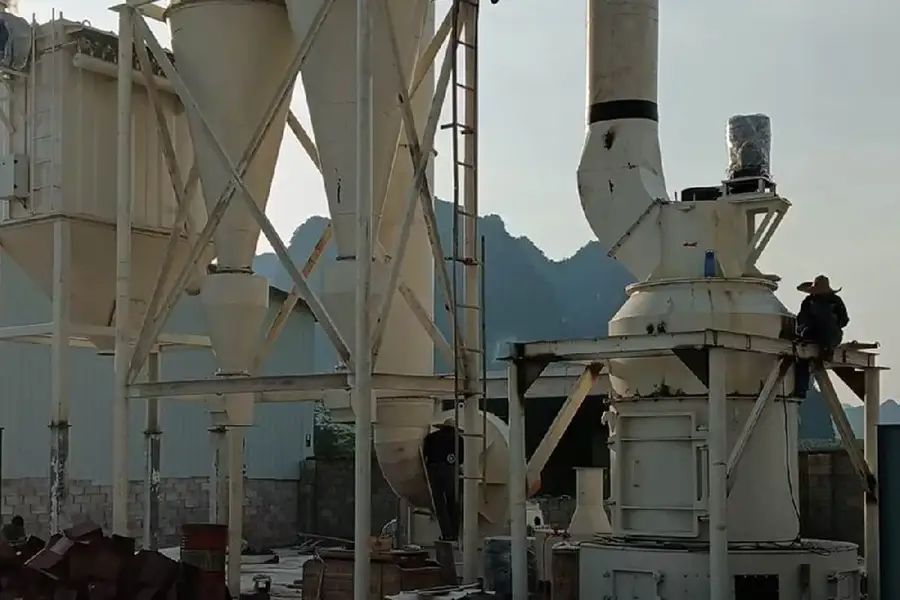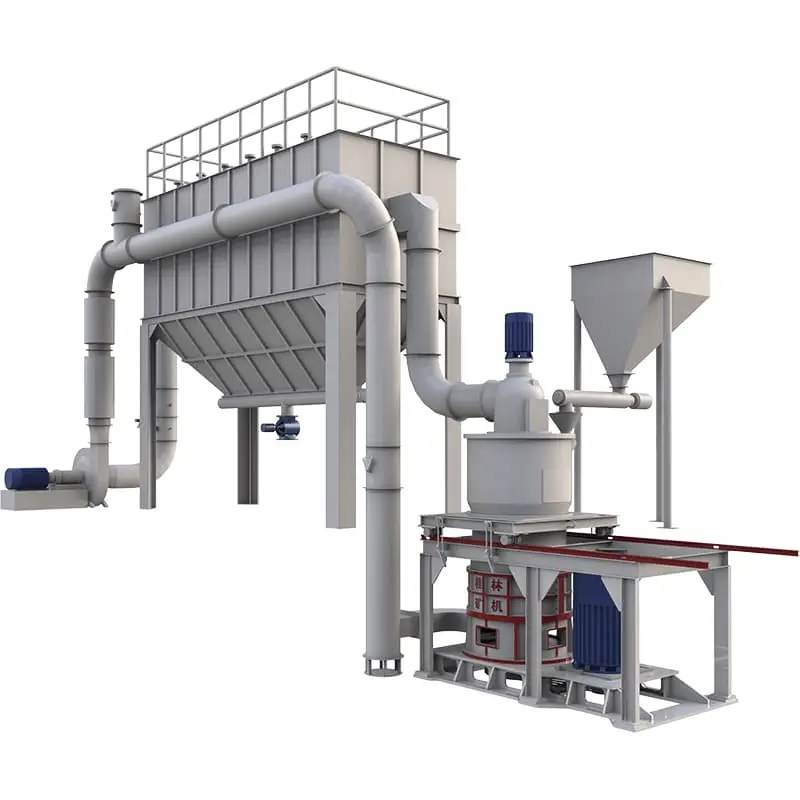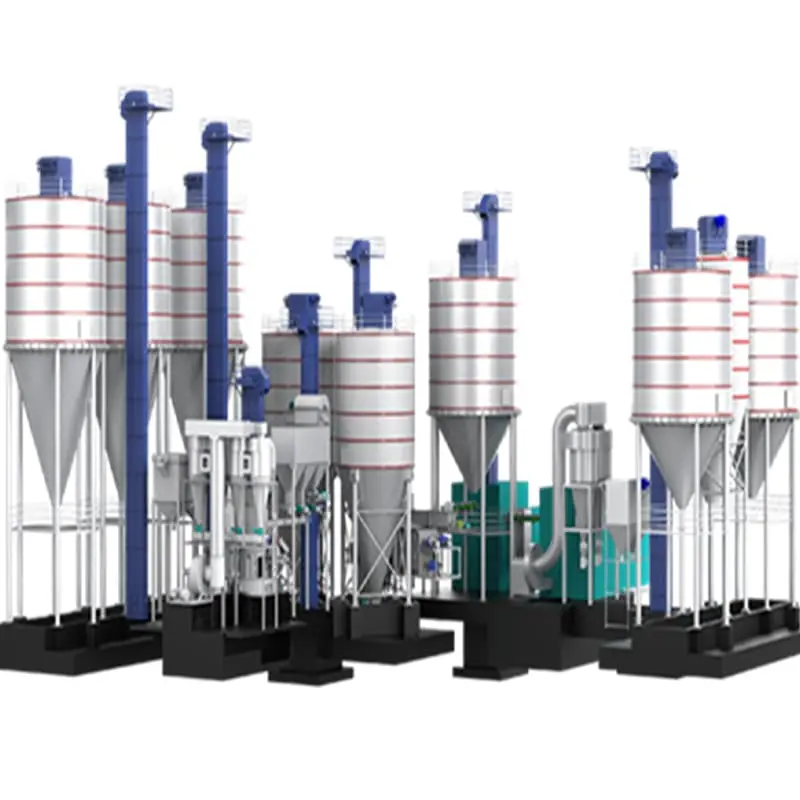- Vertical grinding mill processes calcium carbonate
- Vertical grinding mill processes talc
- Vertical grinding mills process barite
- Ultrafine grinding mill processes iron oxide red
- Mongolian mill processing siderite
- Raymond mill processing blast furnace slag
Telephone:
+86-18290113988 (whatsapp) Kase
+86-13248239223 (whatsapp) Cecilia
+86-17317879223 (whatsapp) Fandi
+86-19921225405 (whatsapp) Luna
Email:sales@shcronus.com
Analysis of Limestone Powder Process, Application and Indicators
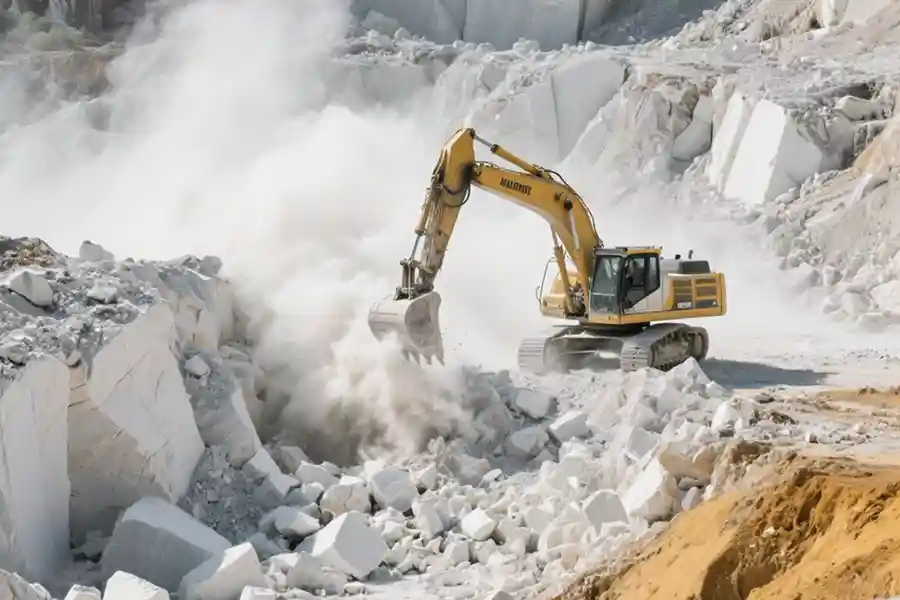
- Publication time:2025-07-01
- Click:74
What is limestone powder?
Limestone powder is the powder obtained after processing limestone. Its main component is CaCO₃. It is a white solid at room temperature, non-toxic and odorless, with a density of 2.70 - 2.95g/cm³. It has good chemical stability and is insoluble in water. Calcium carbonate decomposes into calcium oxide and carbon dioxide at high temperatures, can react with acids, and exists in various crystalline forms, which affects its application performance.
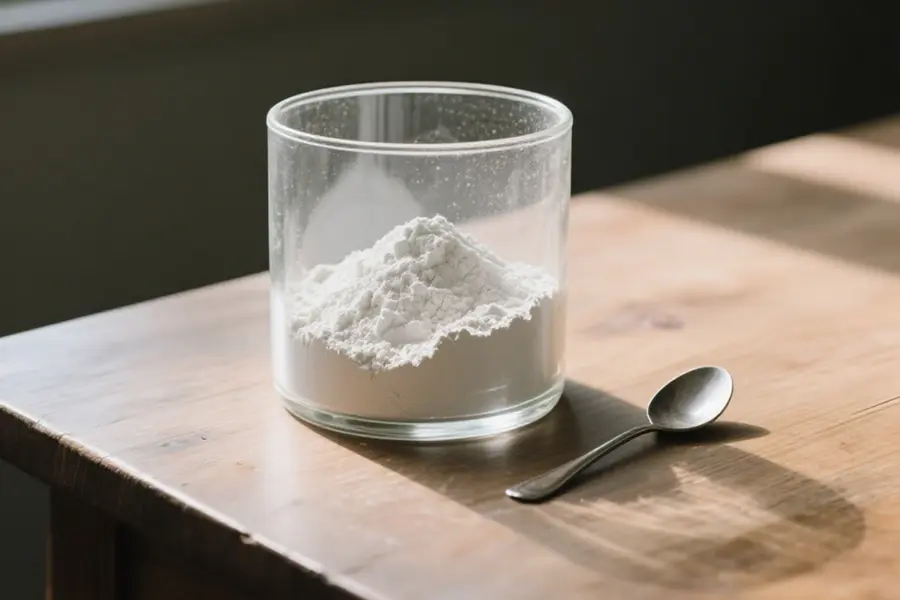
Production process of limestone powder
Common production processes include mechanical pulverization method and precipitation method. The mechanical pulverization method is divided into dry method and wet method.
The dry method has a simple process and high efficiency, making it suitable for large-scale production.
The wet method can produce finer and purer products, which are used for high-end fillers.
The precipitation method is used to produce light calcium carbonate, which has a small particle size and narrow distribution and is used in industries such as rubber and plastics. It can be classified according to particle size and purity, and different categories are suitable for different fields.
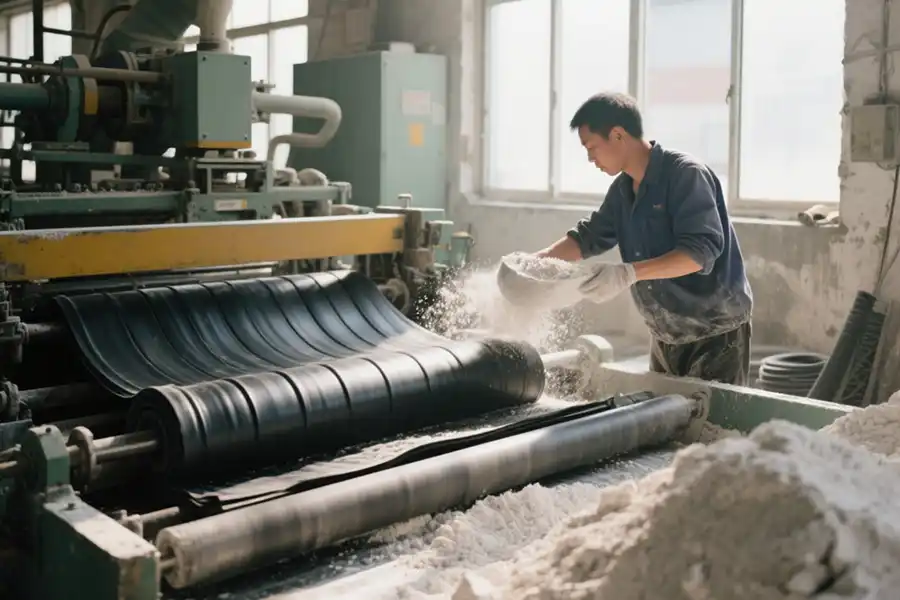
Application fields of limestone powder
Limestone powder is an important industrial raw material and is widely used in fields such as building materials, chemical industry, environmental protection, and metallurgy.
Building materials field: It is a key raw material for cement production. It can ensure the performance of cement and reduce costs. When incorporated into concrete, it can improve the workability and enhance durability.
Chemical industry field: It participates in the production of various chemical products and can be used as a filler for plastics and rubber.
Environmental protection field: It is used for flue gas desulfurization and wastewater treatment.
Metallurgy field: As a metallurgical flux, it can lower the melting point of slag and remove harmful impurities.
Quality indicators of limestone powder
Chemical composition indicators:
CaCO₃ content: Generally, it is required to be ≥90 - 95%. In fields such as electronic materials, it is required to be ≥97%. Insufficient content will affect product performance.
MgO content: Usually ≤1.0 - 2.0%. Excessively high content will cause poor cement soundness and affect glass performance.
SiO₂ content: Generally ≤1.0 - 3.0%. It affects the hardness and reaction activity of the powder. Excessively high content will increase the viscosity of metallurgical slag.
Fe₂O₃ content: Generally limited to ≤0.1 - 0.5%. It affects the color and chemical properties of limestone powder. Exceeding the standard will cause paint discoloration and affect chemical reactions.
Al₂O₃ content: Usually ≤0.5 - 1.0%. Limiting the content of aluminum impurities is necessary. Excessively high content will affect the performance of paper and refractory materials.
Loss on ignition (LOI): Usually required to be ≤40 - 44%. It reflects the decomposition loss of CaCO₃ and affects the quality and cost of cement.
Physical indicators:
Fineness (mesh number): Requirements vary for different uses. The cement industry commonly uses 200 - 325 mesh, and the plastic industry requires more than 800 mesh.
Whiteness: In fields such as coatings and papermaking, it is required to be ≥85 - 90%, which affects the appearance quality of products.
Moisture: Generally required to be ≤0.5 - 1.0%, which affects the fluidity of limestone powder and product quality.
Specific surface area: Usually between 0.5 - 2.5 m²/g, related to activity, affecting chemical reactions and rubber performance.
Bulk density: Generally between 0.8 - 1.2 g/cm³, affecting packaging and transportation.
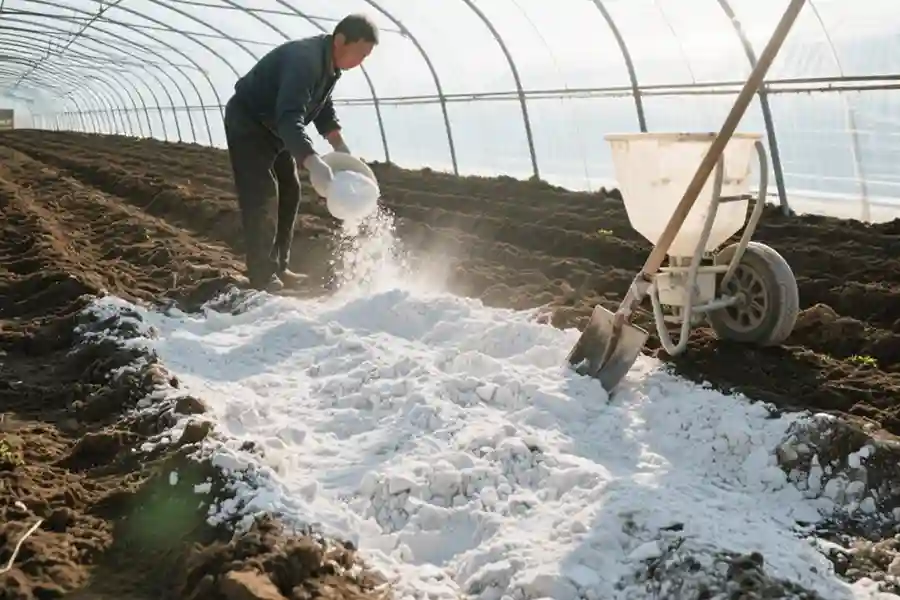
Summary
Lime stone powder is processed from lime stone into a white powder and can be produced by mechanical pulverization (dry/wet method) or precipitation method. The process affects fineness and purity. It is an important industrial raw material. Different applications have specific requirements for particle size and purity. For example, high - end fillers require ultra - fine and high - purity products, while the cement industry focuses on cost and activity control.
- Previous:Introduction and Maintenance of Raymond Mill Parts
- Last:Reasons and maintenance of oil leakage in the main unit of R···
向下滚动页面显示"置顶"按钮...


